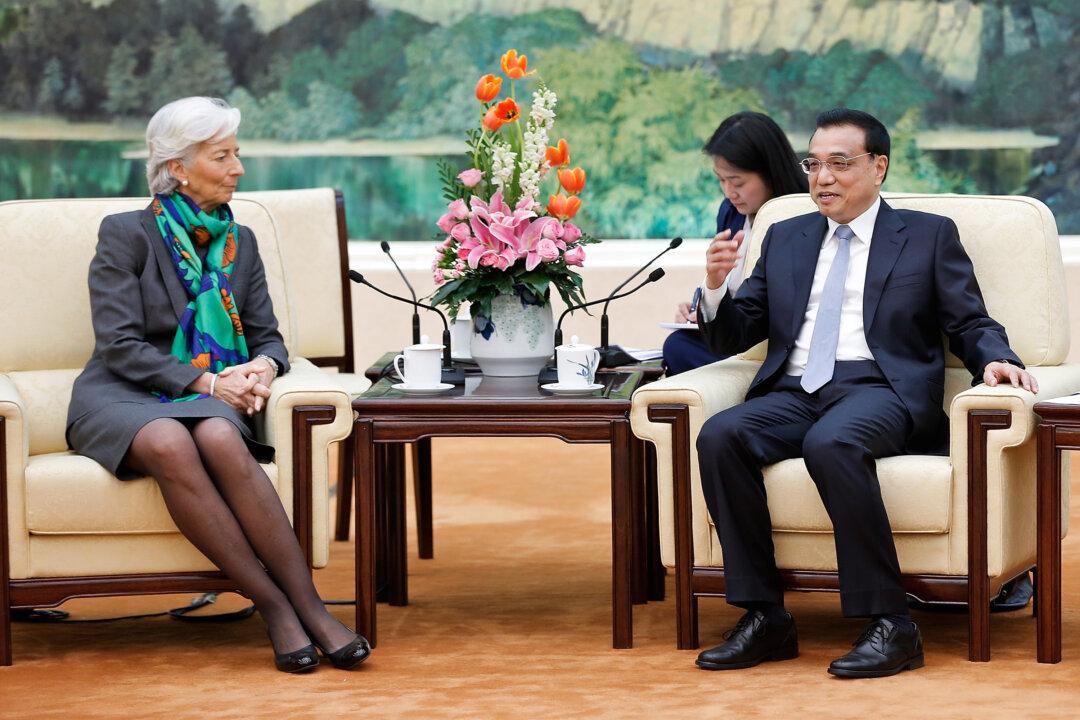They promised, they delivered. The World Bank will issue a $2.8 billion SDR bond, or Special Drawing Rights bond, in China in August. Separately, the China Development Bank will also issue between $300 million and $800 million of SDR notes.
China, the International Monetary Fund (IMF), and interested think tanks have been pushing the idea of private SDR since the beginning of the year. It has now come to fruition. But what does it actually mean?
Initially, SDR-denominated bonds will be of particular interest to official investors, but gradually, they will also attract investors from private sectors.
, director-general, PBOC





